READY TO GET STARTED?
REQUEST A FREE ESTIMATE
Fill out the form below or call (888) 466-7849 for a free, no-obligation estimate.
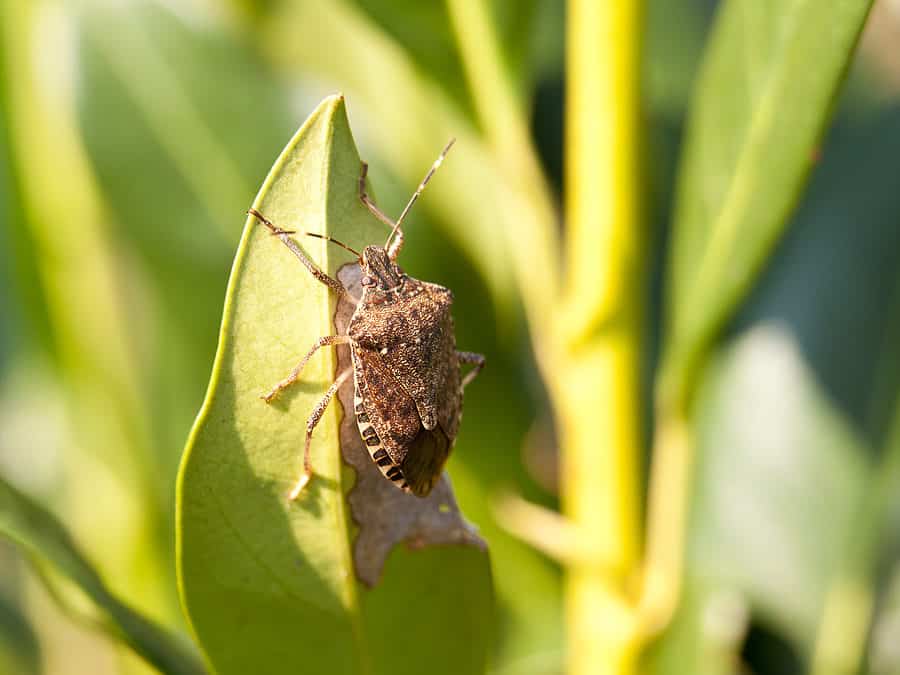
Overwintering is a common term used to describe pests and their activities that allow them to survive the colder temperatures. Overwintering pests will often seek comfort and shelter in homes and buildings because of their warmth. These pests can be especially sneaky and if you don’t take preventative measures as they can infest quickly. Here are some common overwintering pests and some easy do-it-yourself pest control tips to keep them outside of your house.
Stink Bugs
Stink bugs can infest homes in large numbers, especially during the fall. You can often find these bugs on the side of your home, where they can receive the most sunlight to keep warm. While these bugs aren’t harmful to humans, if crushed, they will emit an unpleasant odor.
Boxelder Bugs
One of the more aggressive species of overwintering pests, the boxelder bug has mouthparts are both piercing and capable of puncturing the skin if being handled. This can cause slight irritation and produce red spots, like mosquito bites. Crushing these bugs is not recommended, as their bodies will produce a strong odor and remains can leave a reddish stain on fabrics.
Lady Bugs
Ladybugs are considered harmless and deemed beneficial. They will often consume plant-eating insects such as aphids, mites, and scale insects, all of which can harm crops and plants in gardens; though if they invade your home, they can become a nuisance and can be difficult to get rid of.
Overwintering Pest Protection Tips
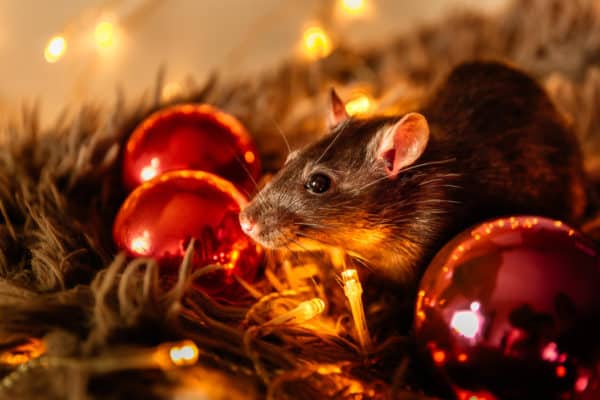
You’ve managed to fight all the early holiday decorating urges and now it’s time! Before you rush off to start decking the tree and hanging the mistletoe, follow these tips to make sure pests aren’t spending the holidays indoors with you and yours.
Check Your Tree Before Bringing It Home
Even Your Old Decorations Aren’t Safe
Keep Warm Without Pests
The holidays really are best enjoyed pest-free. If you find yourself dealing with uninvited holiday guests, call your licensed pest control company to schedule an inspection.
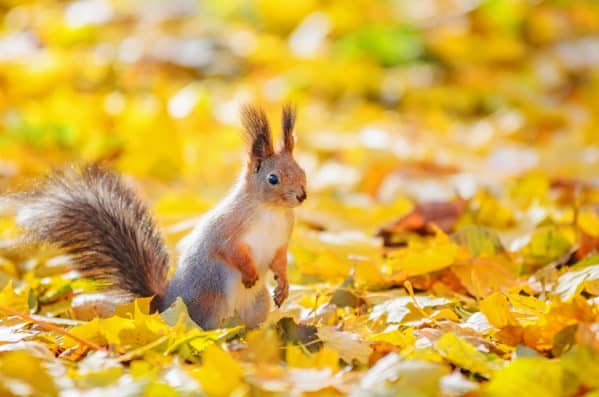
Cooler weather is finally here! Time for sweaters, boots, and cozy nights inside. While you and your family are spending more time inside, pests are looking to wait out the cold in your home as well. Here are a few tips you can use now before you end up with overwintering pests that overstay their welcome.
With these tips you will hopefully be able to enjoy your holidays pest free. If you have an issue with pest invasions, reach out to your local pest control company to schedule an inspection.

As temperatures start to cool off, panic can overtake pests who need to seek out shelter from the impending cold weather. They will often, unfortunately, set their sights on your warm, cozy home. Here are a few of the most common overwintering pests and what you can do to prevent them.
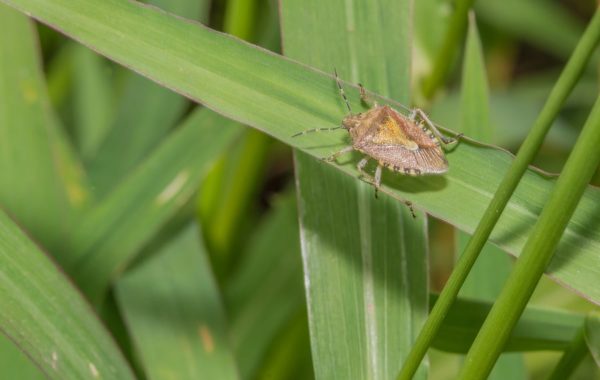
Stink bugs flock to homes in large numbers during the fall. They position themselves on the side of your home that receives the most sunlight in an attempt to keep warm. A thorough inspection for possible entry points is key in prevention of an invasion.
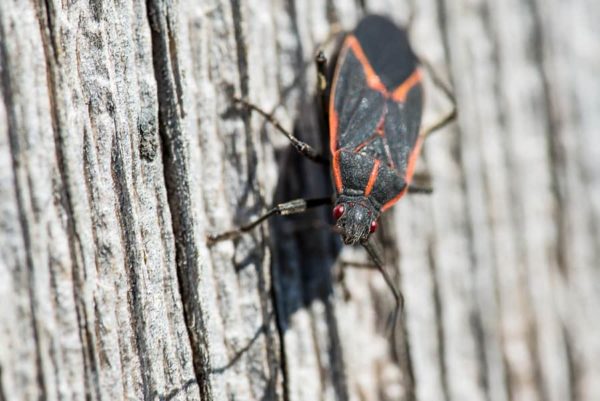
Boxelder bugs are one of the more aggressive species of overwintering pests. Like the stink bug, they will make use of the sunny side of your home and cars. They will utilize openings they find and gather by the hundreds. Crushing these pests is not recommended as their remains can attract carpet beetles. Vacuuming should be used to remove them from the home.
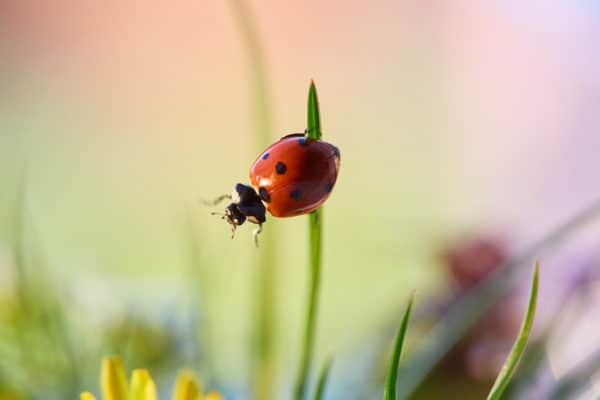
As universally adored as they are, lady bugs are an overwintering pest that can take over your home in a matter of days. They utilize windows and door openings to enter; therefore, checking and replacing weather-stripping and sealing with silicone-based caulk can help keep them out before fall starts.
If you have an issue with overwintering pests, reach out to your local pest control company to schedule an inspection.
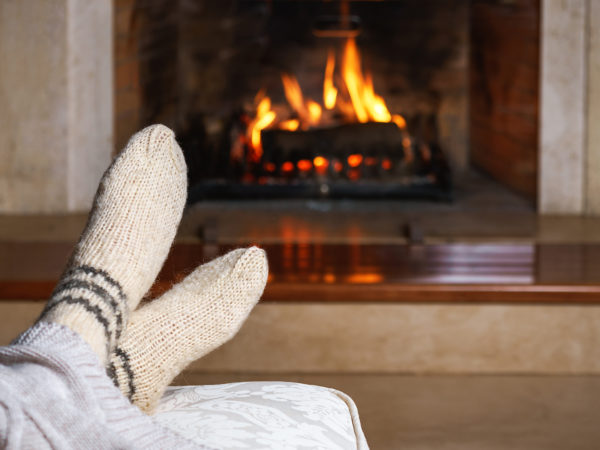
While most of us look forward to the holidays that come with the onset of winter, many of us don’t look forward to the snow, ice, and freezing temperatures that also come along with it. Pests feel the same way we do about cold weather and have developed several different methods to survive these frigid temperatures. So where do pests go in the winter? As much as we’d like to believe they just disappear until spring, unfortunately this isn’t the case. Pests have developed 3 major ways to survive winter:
Migration is the seasonal movement from one region to another. Just like humans, pests want to go where it’s warmer when the weather gets cold. Some pests will move to southern regions to escape the cold and return to the northern areas when the weather starts to warm. One of the most well known examples of migration is the monarch butterfly.
Hibernation is a period of time spent in a dormant state in order to survive the unfavorable conditions of winter. Bears aren’t the only animals that hibernate during the winter! Ladybugs hibernate at high elevations. Wasps seek shelter in eaves and attics of houses or barns to hibernate. Many other pests hibernate in trees, leaf debris, under logs, and under rocks. Honeybees stay in hives during the winter and form clusters when the temperatures start to fall.
Overwintering is the process in which pests pass through or wait out the winter season in sites that provide protection from the cold winter temperatures. Ladybugs, box elders, and stinkbugs overwinter in secluded, sheltered places like your home. These pests tend to congregate in large numbers so if they overwinter in your home they could infest in large numbers. Pests like rodents, cockroaches, spiders and flies remain active during the winter in our homes. They move indoors in search of warmth and food. Spiders are relatively harmless but flies can contaminate food and surfaces. Rodents can not only contaminate your food and insulation but can also chew through wood causing structural damage and chew through wires putting your home at risk of fire and other issues.
Now that you know where pests go in the winter you can help get your home ready to prevent these overwintering pests from invading your space. If you suspect you have a winter pest problem contact a professional who can help identify the pests and help you develop a treatment and prevention plan.